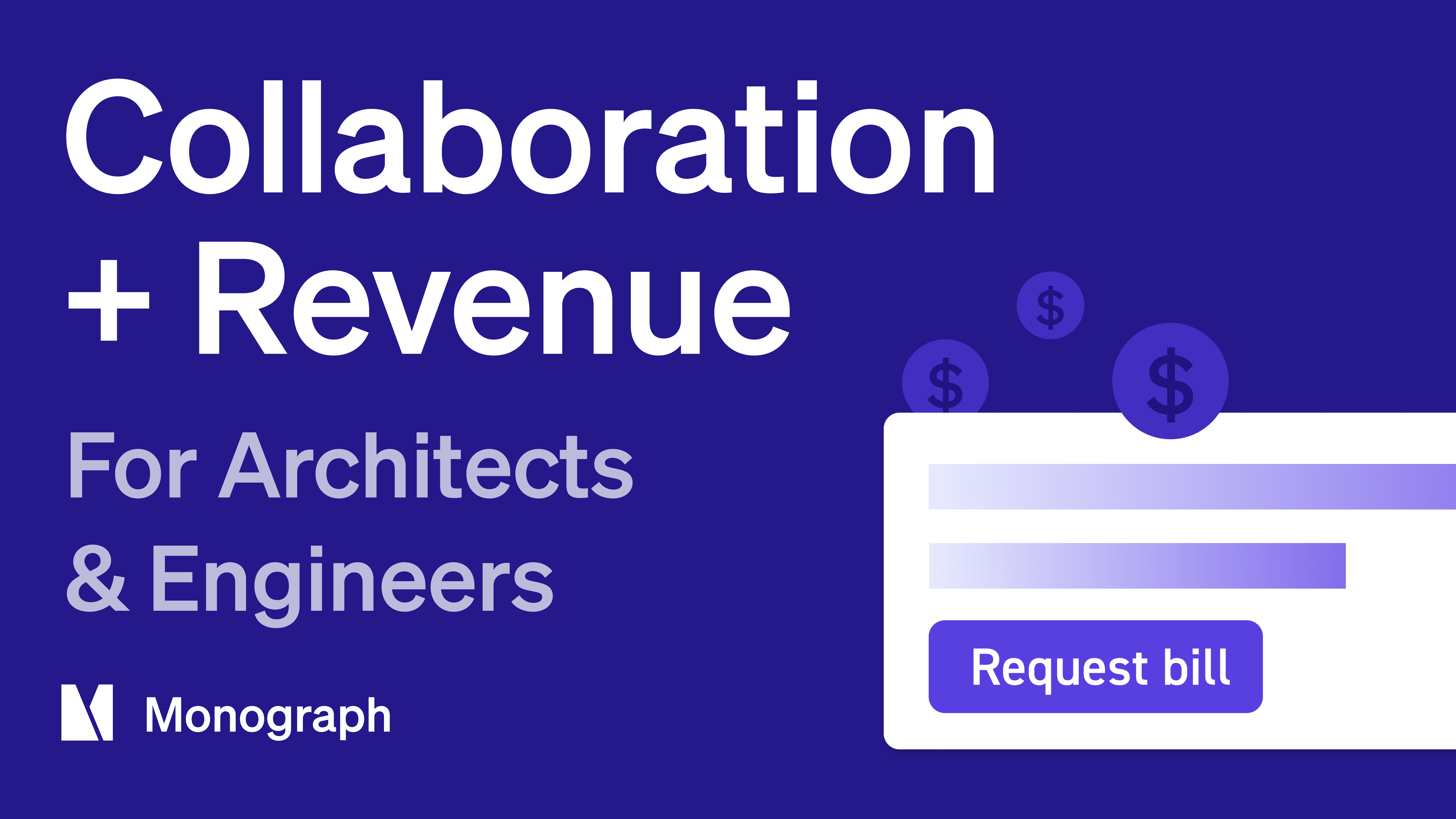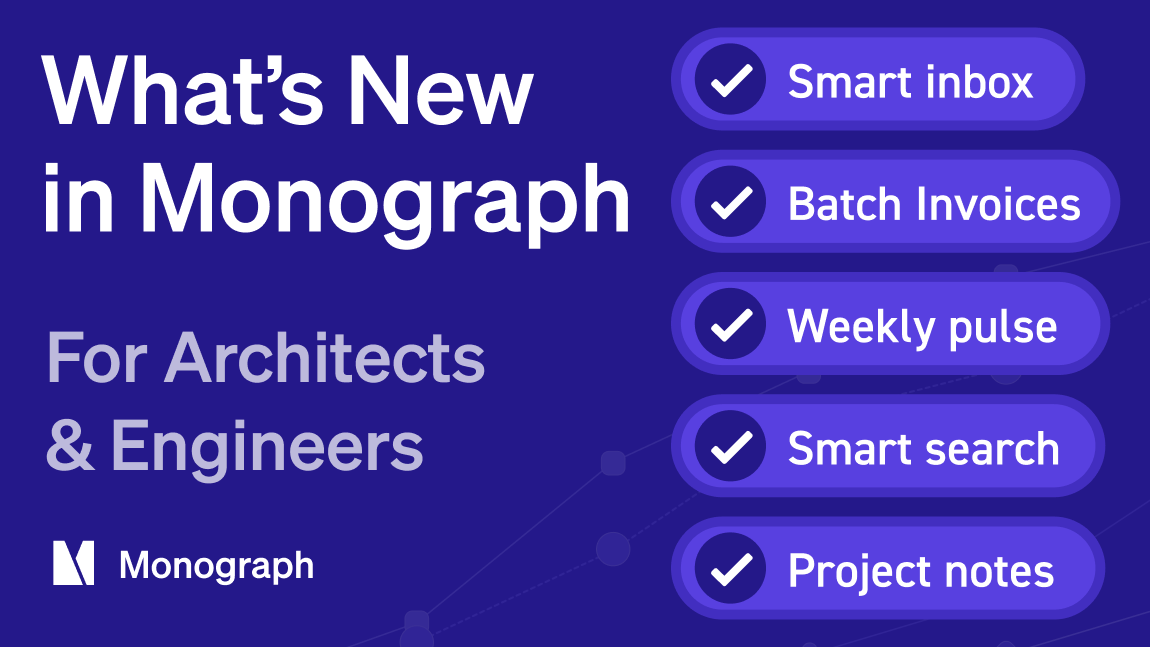Guest list





Overview
You know that restaurant where everything just feels right? The lighting, the acoustics, the air flow—it all works together to create an experience you remember. That doesn't happen by accident. It takes architects and engineers who actually know how to work together, which is harder than it sounds.
Michael Hsu Office of Architecture and APTUS Engineering have been figuring this out for over a decade, working on everything from P. Terry's locations to the Headliners Club renovation. Here's what they've learned that most teams never figure out.
Choose Projects That Actually Work
Start with the right projects. Michael's team asks two questions before taking on work: "Can we succeed at this project?" and "What are the design opportunities?" If either answer is no, they pass. It's not just about the money—you need projects that challenge you while being achievable.
Get engineers involved early. Most MEP firms show up after the architect has already designed the layout. APTUS jumps in during conceptualization, when they can still influence decisions without forcing expensive redesigns. As Eric puts it, they want to bring functionality and comfort to the vision from the start.
Build Real Understanding
Learn each other's language. This isn't about technical specs—it's about understanding design philosophy and expectations. Sujay explains that every firm has its own way of doing things, and you have to invest time learning how your partners think and communicate.
Figure out timing in real-time tools. When everyone's working in shared models, it's easy to get ahead of decisions that are still changing. Teams need protocols about when to commit resources to detailed work.
See the Results
The payoff? Projects like renovating a 40-story club while it stays operational, where they had to break down HVAC equipment small enough to carry up stairs but big enough to go around corners. That only works when teams actually trust each other.
Watch the full conversation to hear more about their project selection framework, early integration strategies, and what it really takes to build decade-long consultant partnerships.


